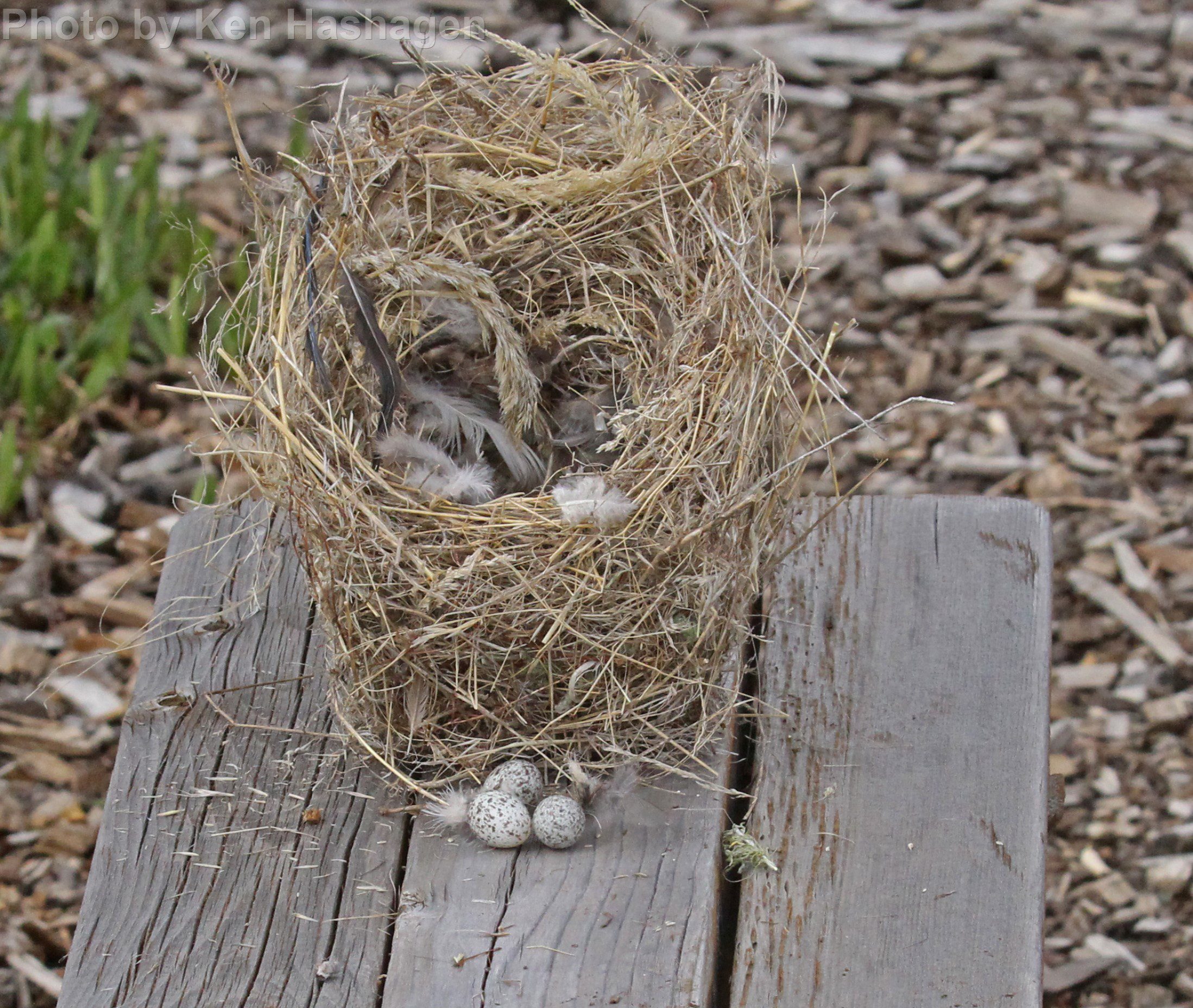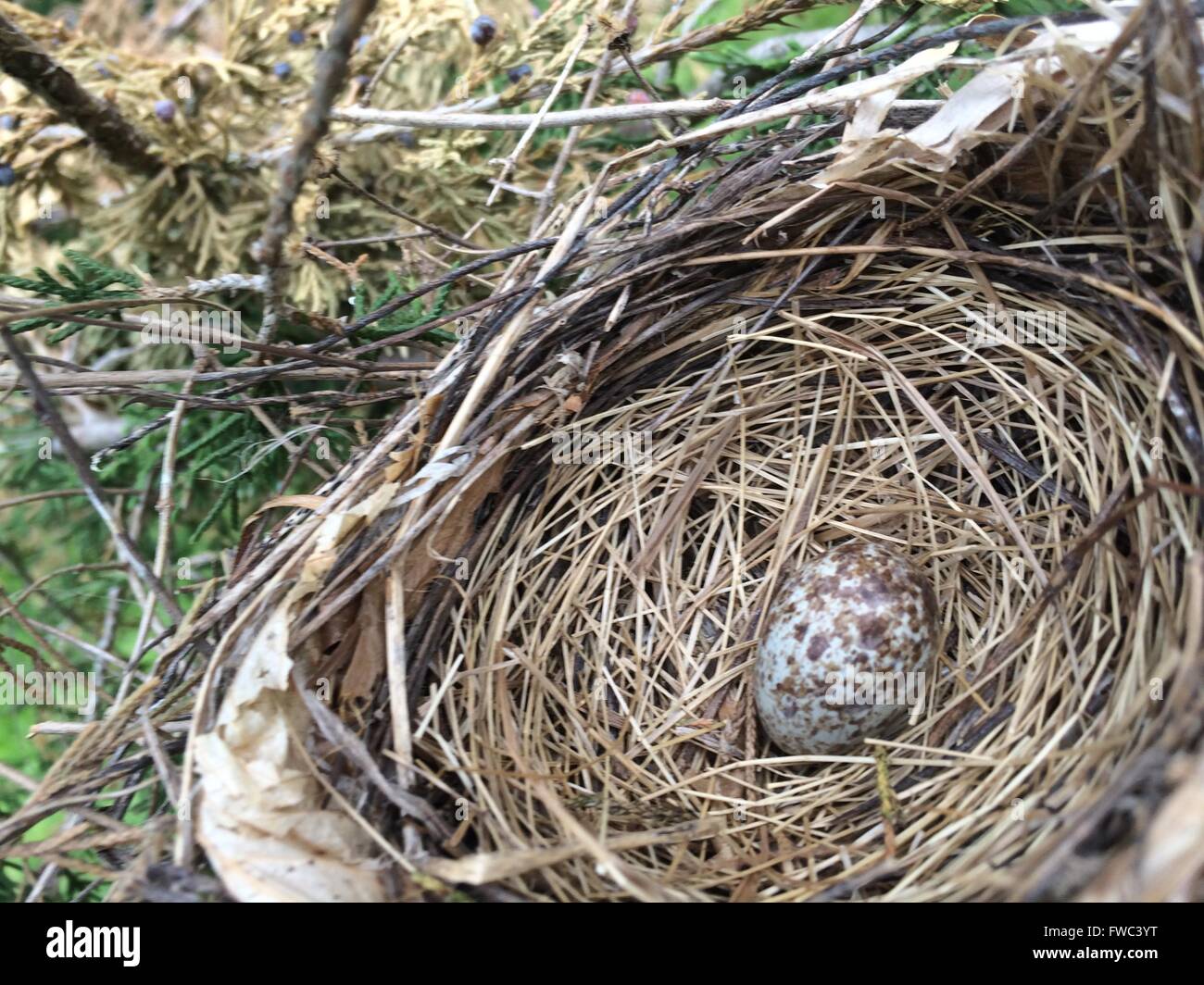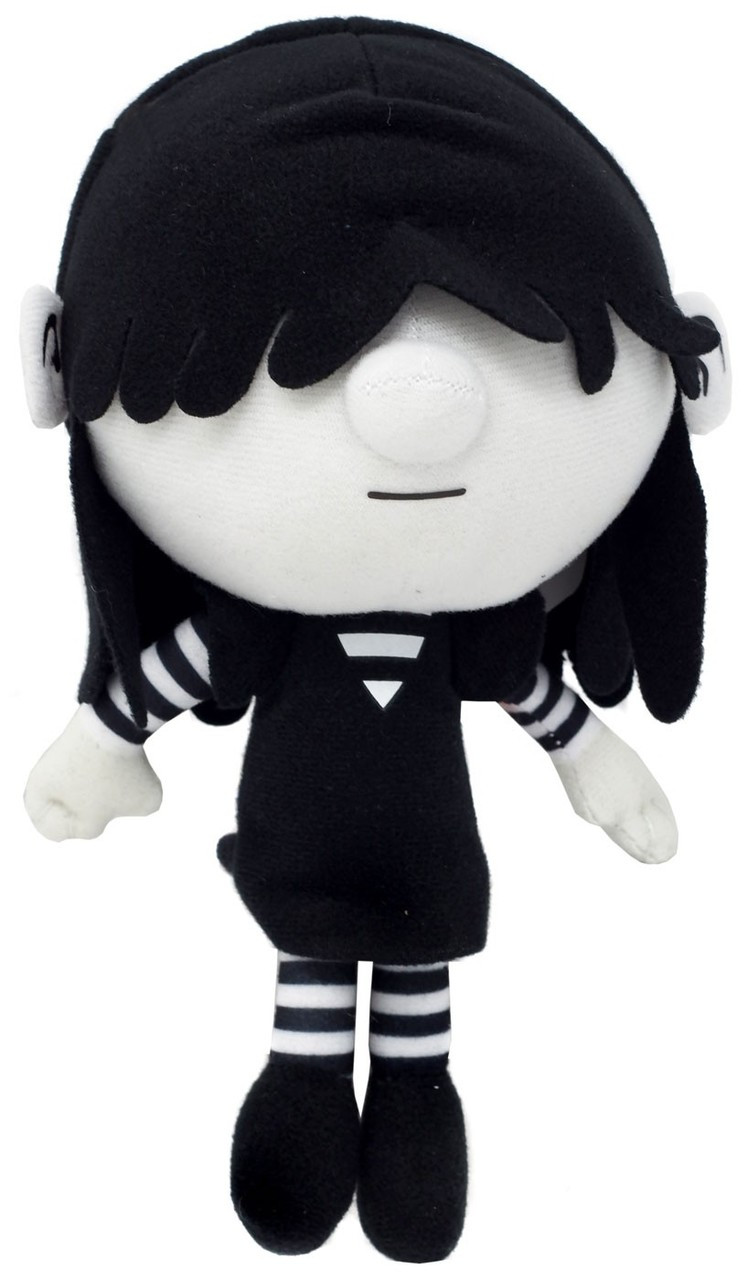
After hatching, the nestlings are completely dependent on their parents for food and protection. Depending on how the year’s weather is going and if there’s plenty of food, most pairs of House Sparrows will raise 2 to 3 broods annually. The male sparrow usually finds the place and begins by gathering rough stuff like grass, small sticks, and sometimes even bits of trash to get the nest started. They like to live close to other sparrow families, forming small colonies of around 10 to 20 pairs, with nests built closely together. They’re also known for being quite social and can get pretty noisy, especially when they’re nesting. House Sparrows cleverly use existing structures for their nests, often choosing places close to human activity.
Natural Predators
Backyard birders who erect birdhouses have undoubtedly noticed house sparrows bullying wrens and other native species. From the northernmost tip of Scandinavia to the southernmost corner of Patagonia, and across six continents, house sparrows (Passer domesticus) inhabit most human-modified habitats of the globe. Here, we review the natural history of house sparrows, highlight what the study of these birds has meant to bioscience generally, and describe the many resources available for future work on this species. Originally native to the Middle East and Eurasia, these adaptable birds have successfully expanded their range through human-mediated introductions.

Breeding male
The color and markings can vary from nest to nest and even within the same clutch. Knowing what House Sparrow eggs look like can help you identify which birds are nesting in your home or nest boxes. House Sparrows often use nest boxes provided for native bird species like Eastern Bluebirds and Purple Martins.
Subspecies
They use the same nest for each brood in a nesting season but will also reuse a nest in subsequent breeding seasons. During your first year or two with bluebirds, you’re going to have a lot of questions, including whether or not you actually have a bluebird nest. As you get more and more invested in bluebirds and other cavity birds, we encourage you to keep learning and expanding your knowledge. And don’t stop spreading your love and passion for these adorable little birds. If you are certain you have a house sparrow nest in your nest box, it is very important you remove it.
The Beginnings of New Life: House Sparrow Eggs
After this period, the young sparrows are ready to take their first flight, which marks the end of the nesting cycle and the beginning of their journey to independence. House Sparrow parents are attentive and busy during this time, constantly bringing food back to the nest to feed their hungry brood. They remain in the nest for about 14 to 17 days, during which they grow rapidly, developing feathers and gaining the strength needed to leave the nest.

Bad Bluebird Photography
Nest boxes, strategically placed in urban or suburban areas, often facilitates the coexistence of these birds with human communities. House sparrows are not only an introduced species in North America, they are an invasive species. Not only do they outcompete native birds for resources like food and shelter, house sparrows are famous for killing native cavity nesting birds. Nestling house sparrows are fed an insect-based diet for the first three days after hatching. Later, following fledging, they favor grains, especially outside urban areas (Anderson, 2006). Adult house sparrows have a fairly opportunistic diet throughout much of the year, especially in cities and suburbs where human refuse is plentiful (Summers-Smith, 1988).
Put Out A Nest Box For Your Neighborhood's Horny Birds - Defector
Put Out A Nest Box For Your Neighborhood's Horny Birds.
Posted: Wed, 16 Mar 2022 07:00:00 GMT [source]
However, they’re quite resilient and often quickly rebuild or find a new spot to set up home. They’re always working hard, especially from the start of spring to summer, building nests, laying eggs, and looking after their chicks all day and night until they’re ready to fly. Doing this 2 to 3 times a year shows how much they care about their family. Thanks to their hard work, we get to enjoy hearing their happy chirping around our neighborhoods. In the world of house sparrows, both mom and dad work together to take care of their eggs. They take turns sitting on the nest to keep the eggs warm, which helps the baby birds grow inside.
The female house sparrow typically lays clutches of 5 eggs on average. But studies of nesting house sparrows found that clutches can range from 1 to 8 eggs. Our homes and buildings provide many nesting opportunities in the form of gutters, roofs, vents, and other sheltered spots. These birds readily use nest boxes put out for native species.
Watching them dart in and out can be a real treat, bringing a touch of wildness right to our doorsteps. Those tiny bundles of twigs you see in the crevices of buildings or under bridges are sparrow condos. They love places that are a bit out of the way, like the nooks and crannies of our urban jungle. It’s not only about being high up; it’s about feeling safe while staying close to all the action. While you can legally remove and destroy their nests and eggs, as House Sparrows are not protected by federal law in the United States, it’s crucial to positively identify these birds first. The nest’s exterior often looks rough and untidy, which helps it blend in with its surroundings.
Both sexes defend the nest, brood the eggs and care for the young, though females put more effort into the brooding than males (Figure 1d; Anderson, 2006). House sparrows typically begin breeding during the first year of life, but breeding success is comparatively low in younger breeders (Hatch and Westneat, 2007). House Sparrows are non-native invasive species in the United States.
By the time one month is up, the young ones are usually ready to spread their wings and explore the world beyond their nest. It’s a quick process, showing how adept sparrows are at getting their young out into the world. The Cornell Lab will send you updates about birds, birding, and opportunities to help bird conservation. To prevent future nesting, ensure your property is less inviting to sparrows by sealing off potential entry points. Moreover, if you’re uncomfortable handling the eggs or if there are fledglings involved, it’s best to contact a professional wildlife control service.

No comments:
Post a Comment